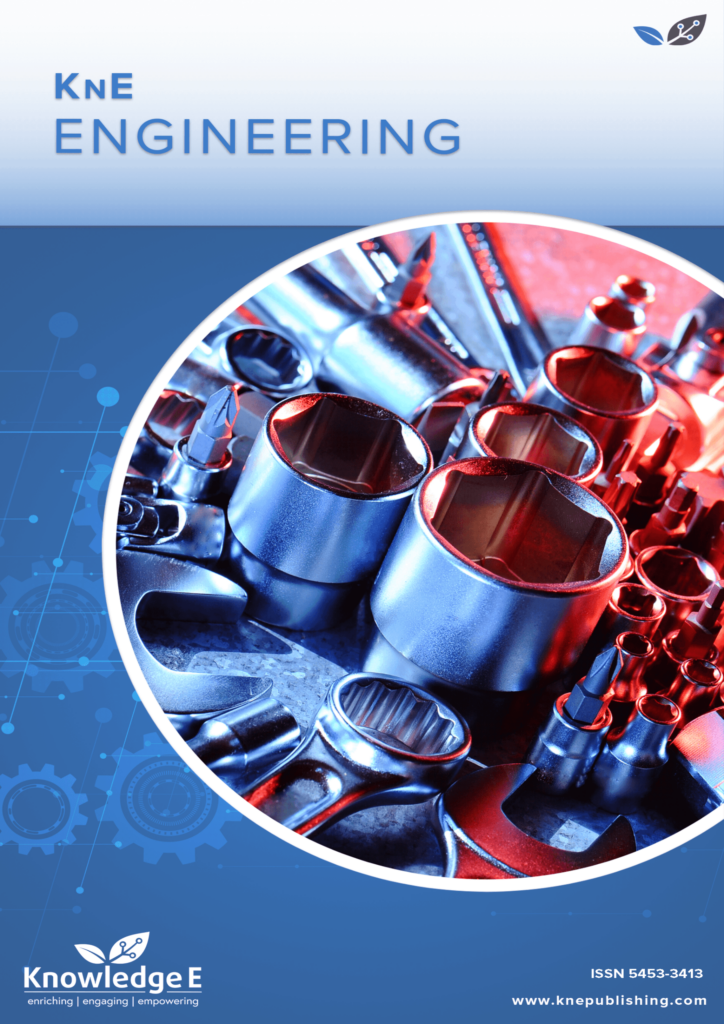
KnE Engineering
ISSN: 2518-6841
The latest conference proceedings on all fields of engineering.
Experiment on Laser Speckle Imaging of Apples Using A CMOS Camera
Published date: Sep 05 2016
Journal Title: KnE Engineering
Issue title: Conference on Science and Engineering for Instrumentation, Environment and Renewable Energy
Authors:
Abstract:
References:
[1] S. Sankaran, A. Mishraa, R. Ehsania, and C. Davis, A Review of Advanced Techniques for Detecting Plant Diseases, Comput Electron Agric, 72, 1–13, (2010).
[2] J. A. Abbott, Quality measurement of fruits and vegetables, Postharvest Biol Technol, 15, 207–225, (1999).
[3] H. Sun, in A Practical Guide to Handling Laser Diode Beams, Chapter 2, Springer, 2015.
[4] J. A. Kodagali and S. Balaji, Computer Vision and Image Analysis based Techniques for Automatic Characterization of Fruits, a Review International Journal of Computer Applications, 50, 0975–8887, (2012).
[5] R. Mahendran, G. C. Jayashree, and K. Alagusundaram, Application of Computer Vision Technique on Sorting and Grading of Fruits and Vegetables, J Food Process Technol, no. S5, (2011).
[6] G. F. Rabelo, A. Roberto, B. Junior, and I. M. D. Fabbro, Laser Speckle Techniques In Quality Evaluation Of Orange Fruits, Rev Bras Eng Agric Ambient, 9, no. 4, 570–575,(2005).
[7] A. Zdunek and J. Cybulska, Relation of biospeckle activity with quality attributes of apples, Sensors (Basel), 11, 6317–6327, (2011).
[8] G. G. Romero, C. C. Martinez, E. E. Alanis, G. A. Salazar, V. G. Broglia, and V. GL. Alvarez, Bio-speckle activity applied to the assessment of tomato fruit ripening, Biosyst Eng, 103, 116–119, (2009).
[9] D. Briers, D. D. Duncan, E. Hirst, S. J. Kirkpatrick, M. Larsson, W. Steenbergen, T. Stromberg, and O. B. Thompson, Laser speckle contrast imaging: theoretical and practical limitations, J Biomed Opt, 18, p. 066018, (2013).
[10] J. W. Goodman, Some fundamental properties of speckle, J Opt Soc Am, 66, 1145– 1150, (1976).
[11] B. Dobrzañski, J. Rabcewicz, and R. Rybczyñski, Handling of Apple: transport techniques and efficiency vibration, damage and bruising texture, firmness and quality, B. Dobrzañski Institute of Agrophysics Polish Academy of Sciences, LUBLIN, ISBN 83-89969-55-6
